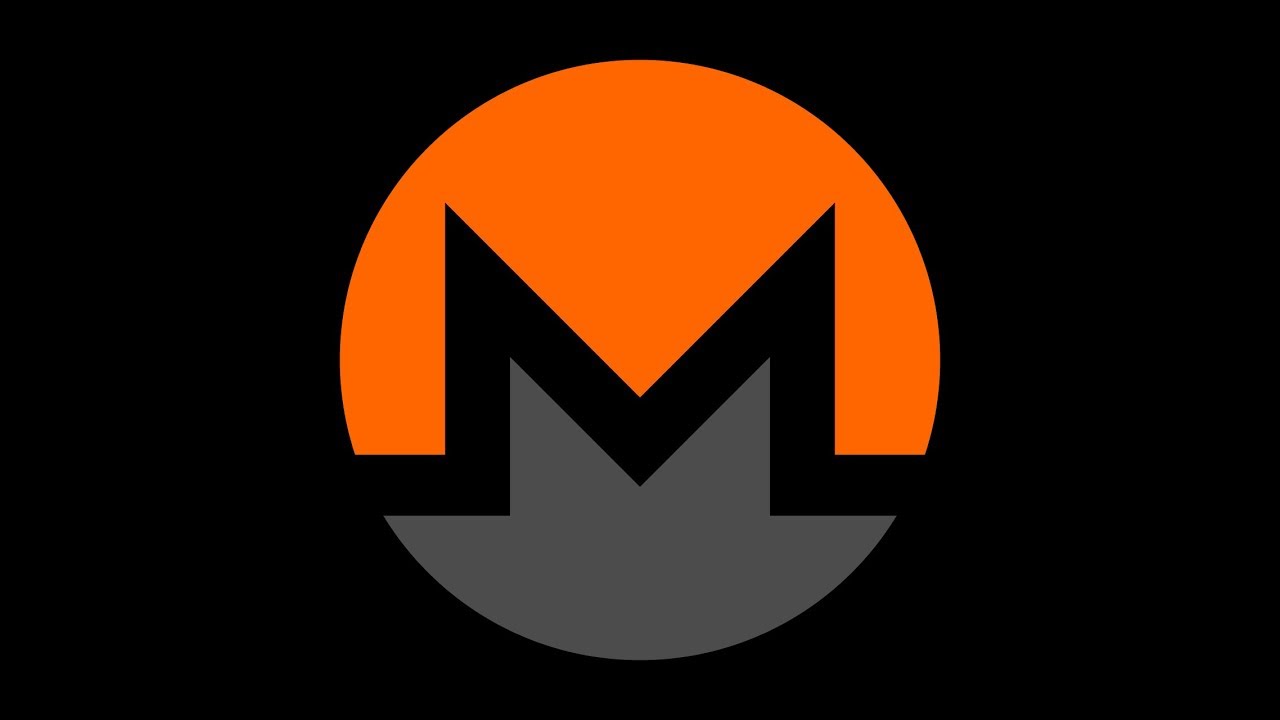Monero

A Brief History of Monero
In 2012, the first cryptocurrency using the CryptoNote protocol was created — Bytecoin. It was an attempt to implement anonymity in cryptocurrencies, but the project faced a number of problems. As a result, in 2014, the developers decided to create a fork of Bytecoin. This is how the new cryptocurrency Monero appeared.
The main goal that the creators of Monero had in mind was completely confidential transactions. It was possible to implement it using the CryptoNote protocol and the ring signature algorithm. Monero has an open source code, which allows developers to use the cryptocurrency as a basis for their projects.
Monero is not the only anonymous cryptocurrency.
Features of Monero
Ring signatures allow users to make anonymous transactions. The peculiarity of this technology is that several public keys are combined into one transaction. Thanks to this, it is impossible to determine the sender of the transaction.
The Proof-of-Work system and blockchain make it possible to eliminate transaction forgery or serious DDoS attacks.
Monero wallets are updated periodically to improve the security of their use. Users should keep an eye on the updates.
Payment ID — payment identifier that helps exchangers and exchanges determine who the coins came from and where they need to be sent. After the update of version 0.9 of the Monero wallet, integrated addresses were introduced. They already contain the Payment ID, so when sending Monero, you do not need to enter it.f
RDisadvantages of Monero
The U.S. Securities and Exchange Commission (SEC) has appealed a previous court ruling in the Ripple crypto project case. The commissioners believe the court's decision is contrary to multiple precedents and securities laws.
Some in the crypto community have expressed negative opinions about Monero, believing that its anonymity makes it popular on the black market.
Transactions on the Monero network take up 8 times more space than on the Bitcoin network.
The Monero wallet does not allow users to spend newly received coins. It is necessary to wait for 10 confirmations of the XMR network.
How to confirm sending funds in the Monero blockchain?
Monero uses 2 types of "special" private keys: a private send key (used to send funds from your wallet) and a private viewing key, which allows you to decrypt the transaction and see the amount of funds sent. Using the private viewing key, the sender's address, and the Monero software, you can decrypt the transaction and confirm that the funds have been sent.
Locked Monero Balance
The Monero wallet does not allow users to spend newly received coins. Unlocking of coins occurs only automatically. In order for the coins to be unlocked, it is necessary to wait for 10 confirmations (on average, it takes 20 minutes). This is done to prevent double transactions and to increase security.
The balance can also be blocked if you send XMR yourself. You will also need to wait for 10 network confirmations to unlock your balance. Let's look at this situation using a simple example: Earlier, you received 3 transactions for 1, 2, and 4 XMR. After some time, you need to send 0.2 XMR. When sending, the output with 1 XMR will be used. Therefore, 0.2 will be sent, and 0.8 XMR will be blocked. 2 and 4 XMR will not be blocked. After 10 confirmations, the balance for 0.8 XMR will be unlocked and will be available for further use. The total available balance on your wallet will be 6.8 XMR.
Transaction processing speed
It takes 2 Monero blockchain confirmations to make an exchange, the average block time is 2 minutes. But sometimes there are delays, and the block time can take 10-20 minutes.
PlutonexMonero Fee
Transactions on the Monero network are very cheap, even during peak network loads they only cost a few cents.
